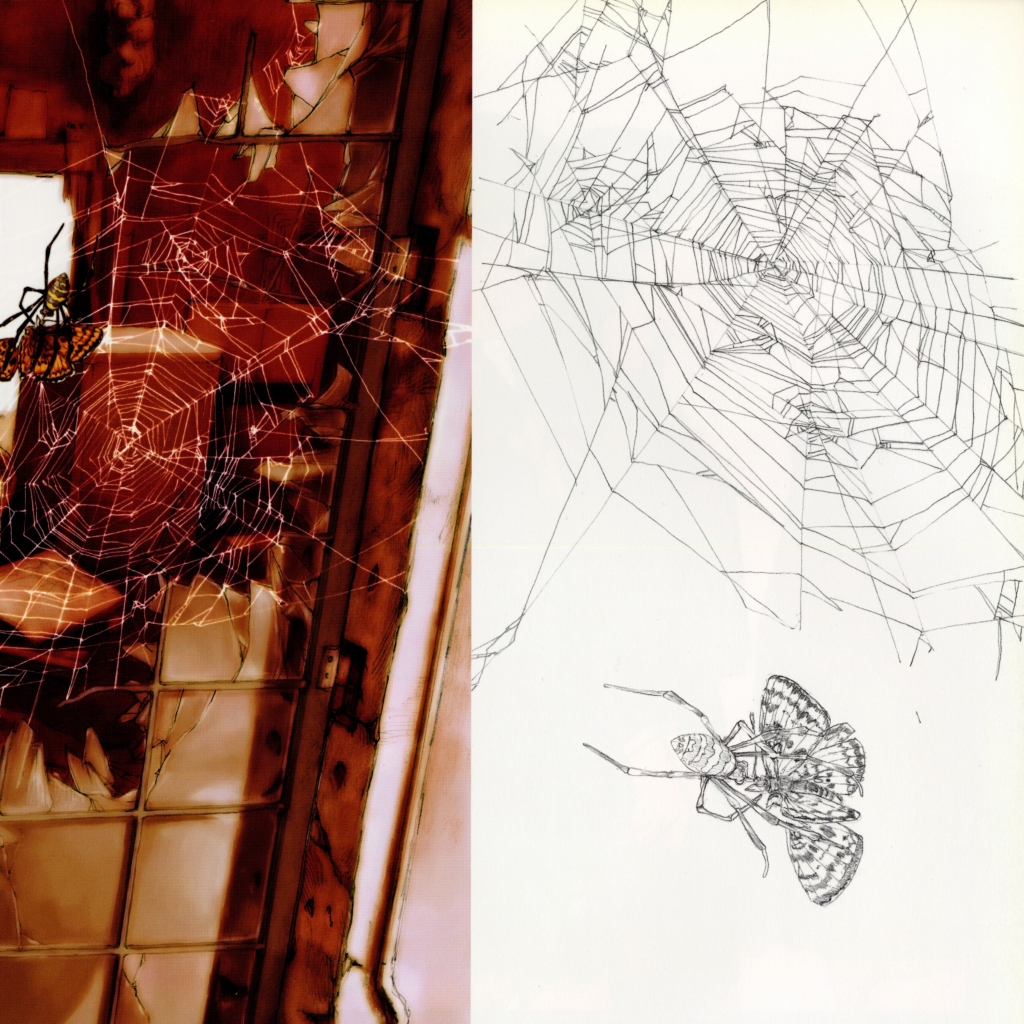In Claude McKay’s sonnets, “Flower of Love” (75) and “Jasmines” (88) they both share a thematic approach towards a connection of a woman’s beauty by describing her sweet scent, and comparing her to a flower. I believe the poem “Flower of Love” was a continuation of the poem “Jasmines” but may also be vice versa depending on the poem wanting to be considered a happy or sad story, since “Flower of Love” is approached as a poem of love while “Jasmines” theme involves a deep sadness in leaving his lover.
In the “Flower of Love ” poem, there are 16 lines and falls within a Shakespearean sonnet. In addition, on line 10 there begins the volta, however, doesn’t seem to have another line within the poem that would rhyme with line 10: “Here let us linger indivisible”. Although the volta didn’t have a pair, the rest of the poem did have about 3 quatrains, but on line 15-16 the poem doesn’t end with a rhyming couplet, rather it ends with what seems in another quatrain. In other words, the speaker is breaking the traditional form of what a Shakespearean sonnet is supposed to originally be. Therefore, enhancing this poem’s meaning by not being able to divide this specific line into any other rhyme scheme in this poem, it was meant for the speaker to approach it as an undivided affection toward his woman, nothing can separate one another, not even traditional values. Furthermore, this poem represents a strong love towards a woman in which line 4 mentions “I worship at your breast.” It may sound peculiar for the speaker who would want to worship his lover’s breast, it is a way for him to describe how her scent becomes so captivating that his feelings become overpowering. Not only does the scent describe the woman’s beauty but a flower is used as a metaphor towards the petal as temptation. Which leads me to my next point in the poem “Jasmines”.
In this sonnet there are 15 lines and it was difficult to really tell what sonnet this poem was because on the first line it states, “Your scent is in the room” but there would be no rhyme scheme to go with this line so I thought it may be considered a volta but in the third line, it also takes a turn as it also doesn’t have a rhyme in the poem. I think an extra line was added to this sonnet to really give the idea of how chaotic a relationship can be as this poem showed how messy it can get. To add on, I thought this poem really brought out the “Flower or Love” as one story as they share the similarities of the struggles and beauties of love. In “Jasmines” the aroma is powerful or as mentioned by the speaker, “Swiftly it overwhelms and conquers me!” (2). In addition, I found it rather interesting that a jasmine is not only describing his lover’s scent but also describing her as the flower itself; a night jasmine. A “night jasmine cannot bloom in this cold place” (9) is meant to portray the sadness and loss of memory the speaker had with his woman. Not only that, but at night jasmine can’t bloom in a dark cold place otherwise the scent will be lost and its petals won’t blossom. It is as if his woman and the speaker are parting from one another as her scent is leaving, and the last couple of lines in the poem began to describe nature with harsh weather. This follows with “Flower or Love” as love at first can be really beautiful that it begins to grow onto you such as the scent, but it can also be really cruel.
Celeste Tejeda-Menera
